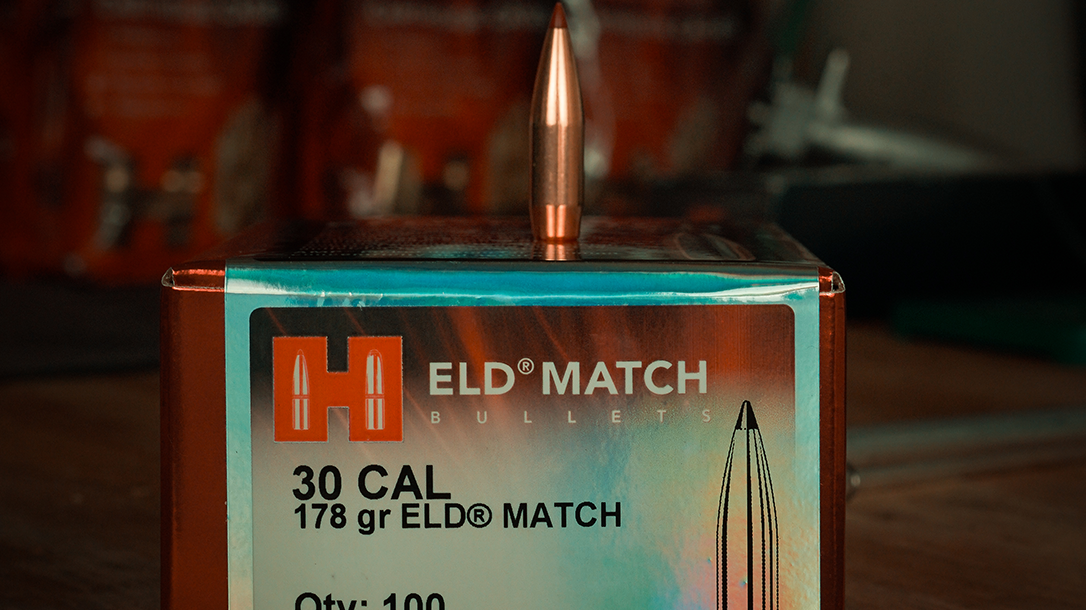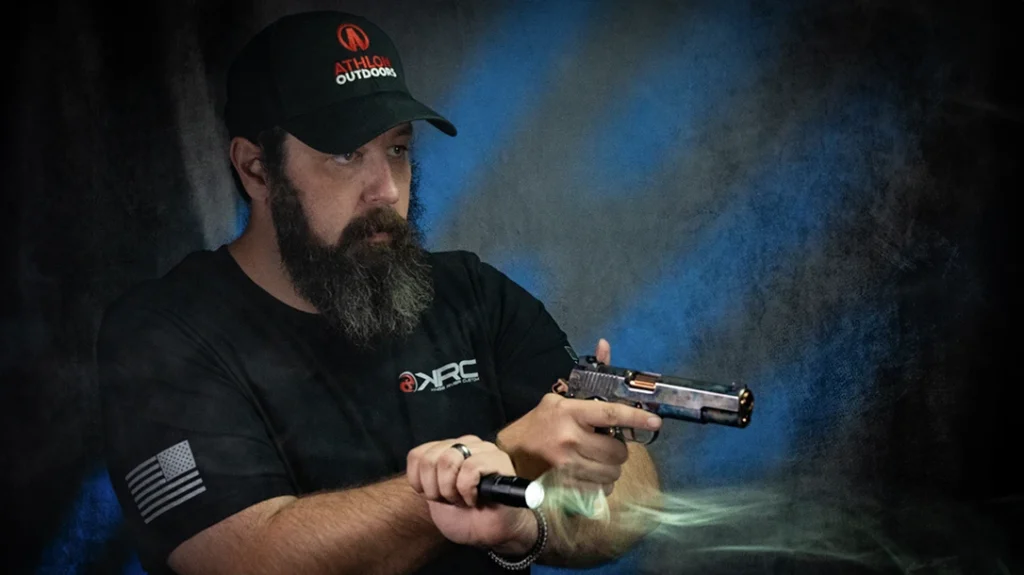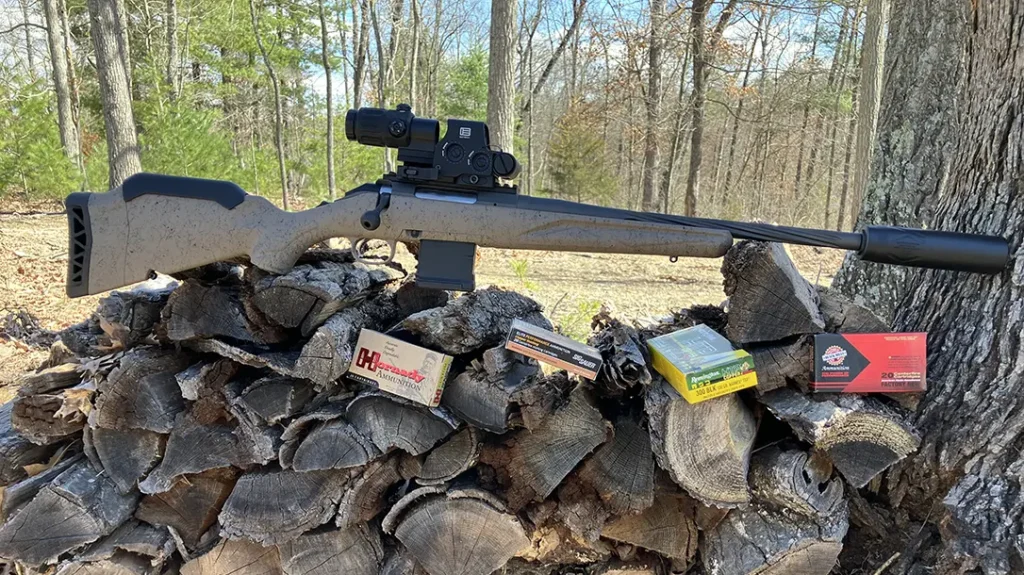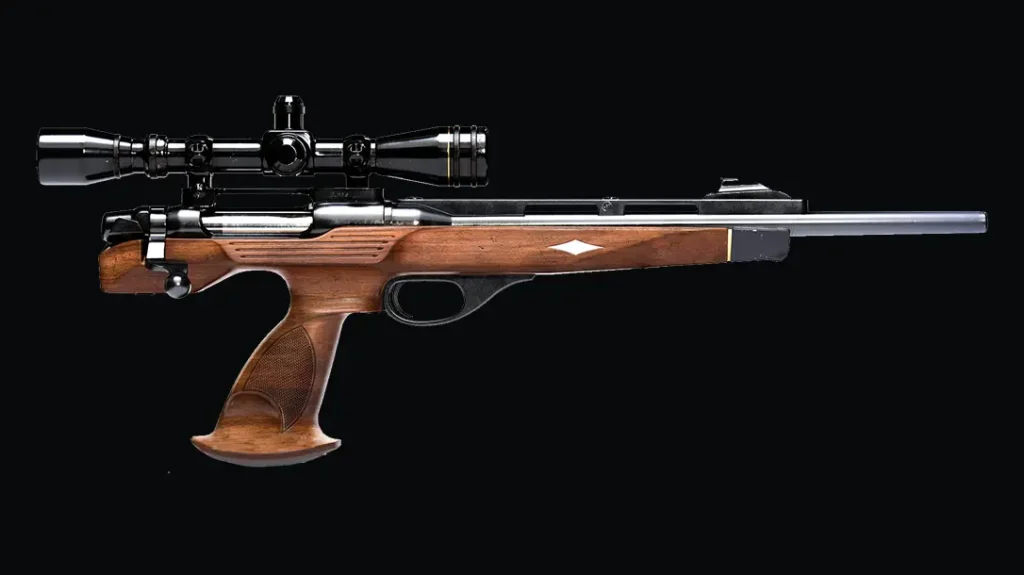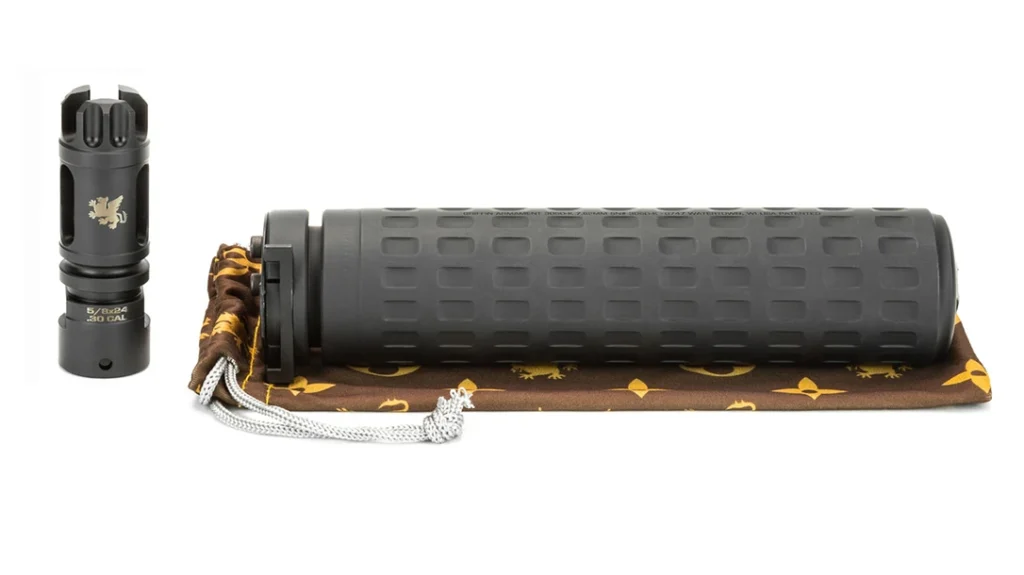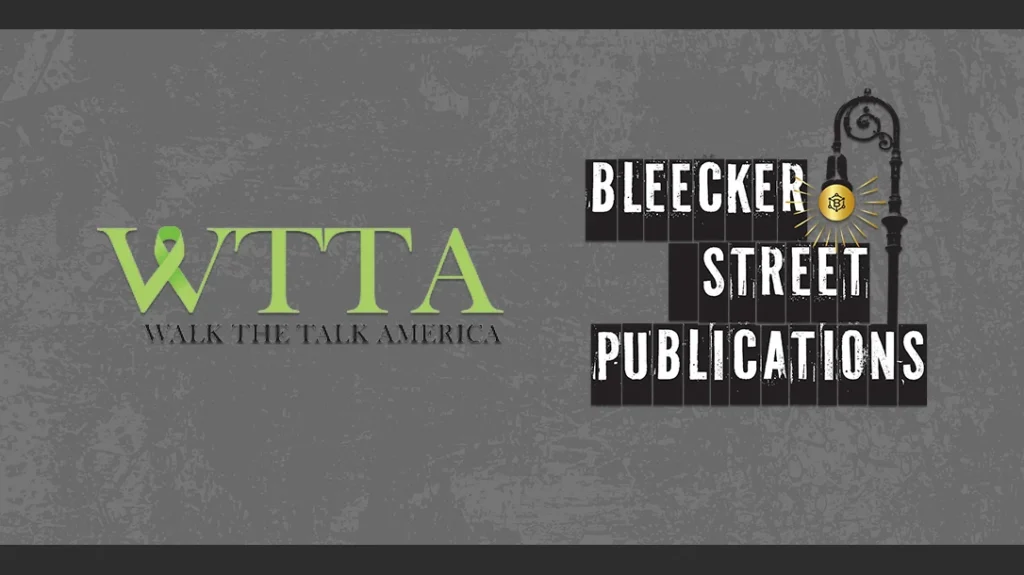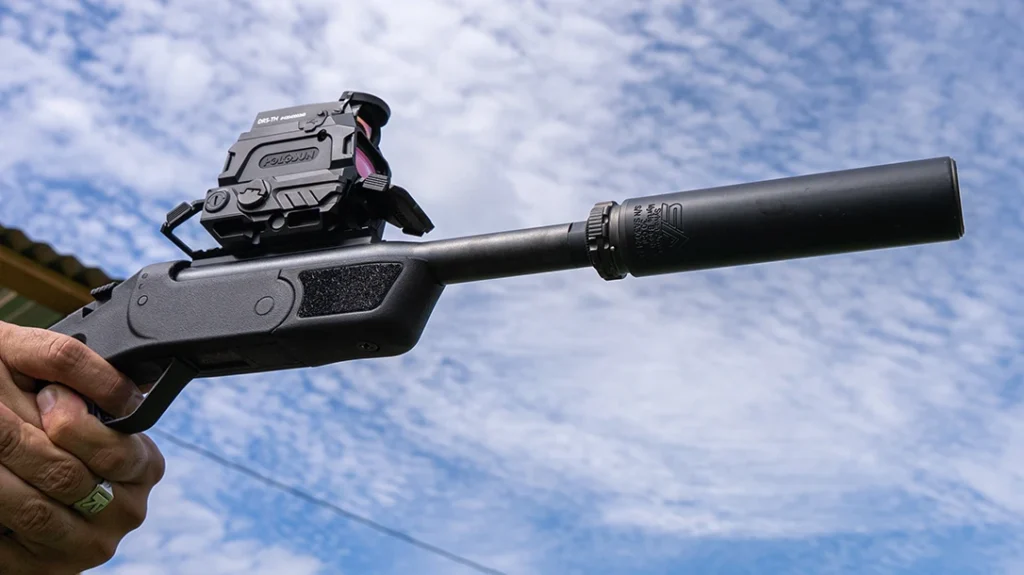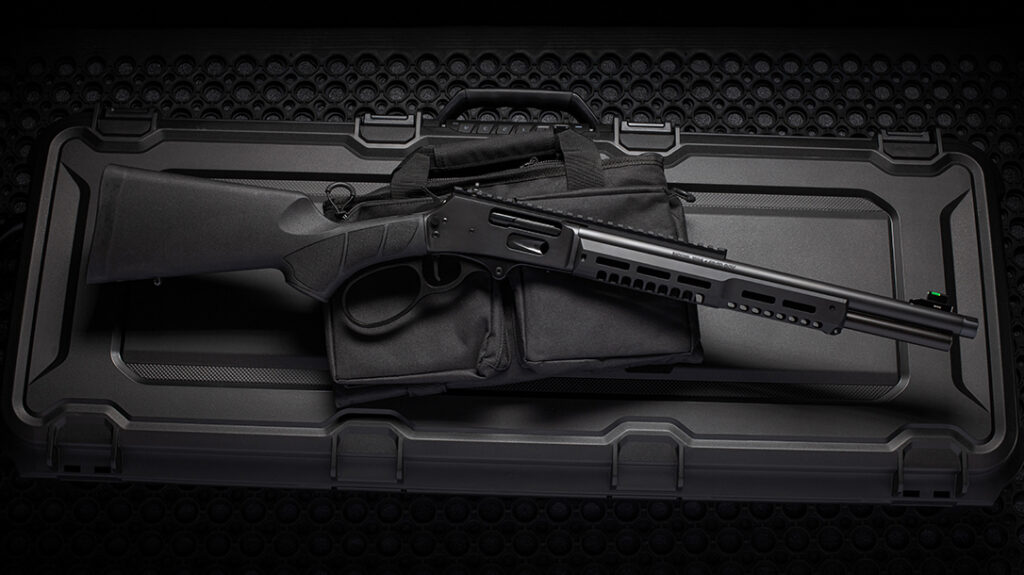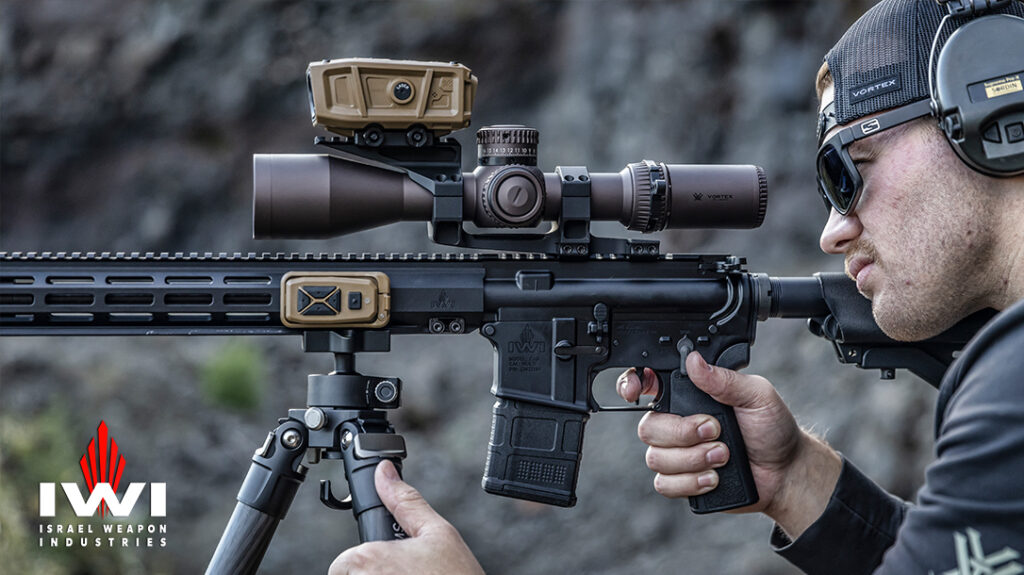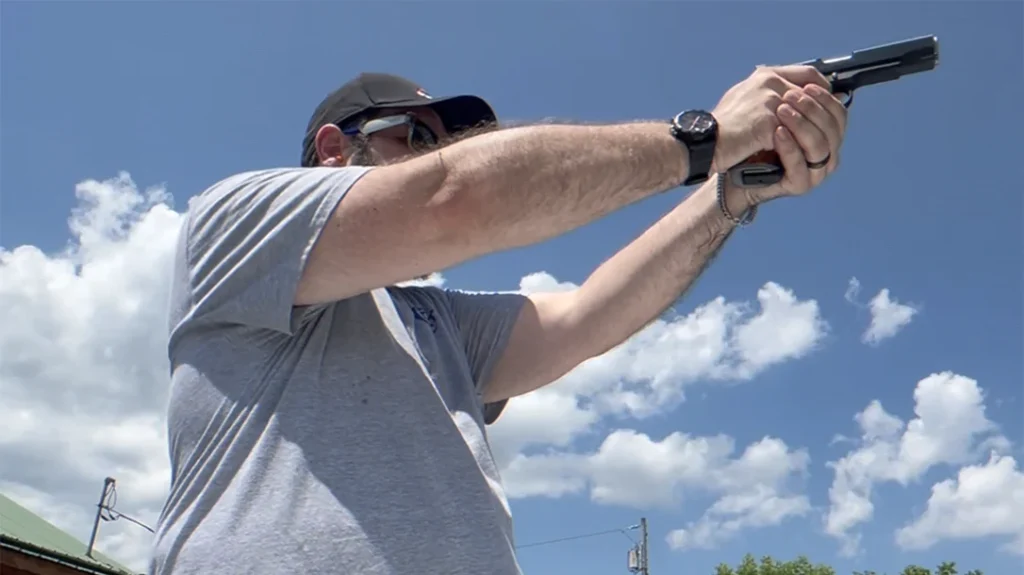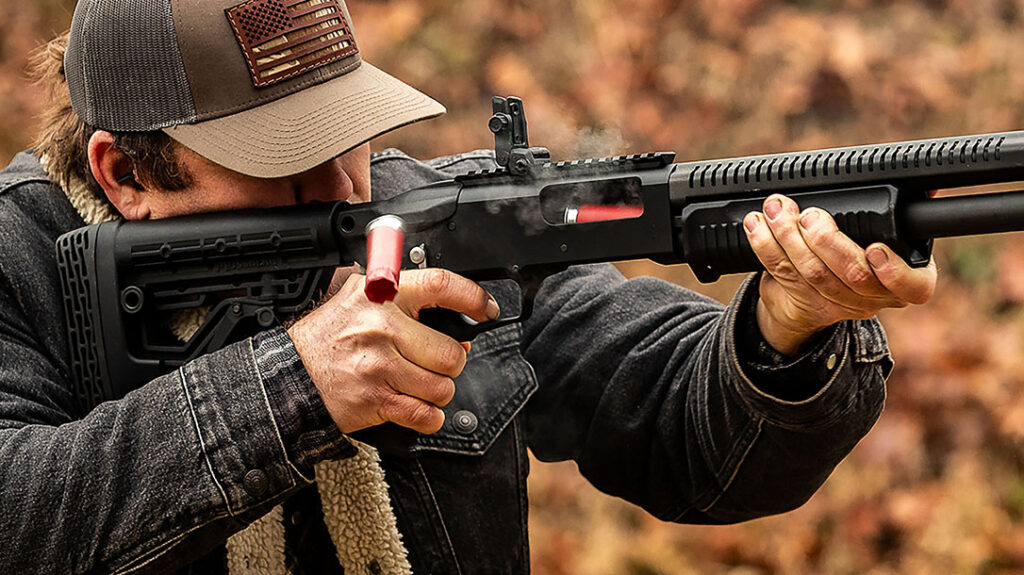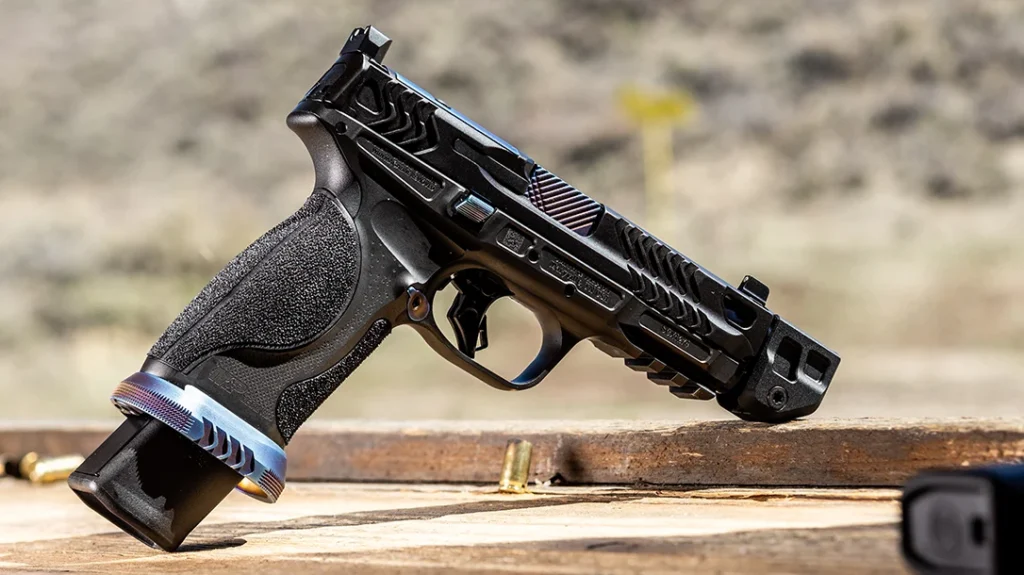Are you intrigued by the idea of rolling your own ammunition? Welcome to Reloading 101 and the rewarding world of reloading!
Before you dive headfirst into a mountain of equipment, take a breath. Here’s the very first question you need to ask yourself before considering a single purchase: Why do you want to get into reloading, and what exactly do you want to reload?
The answer to this fundamental question will directly dictate your most significant initial investment: your reloading press.
Advertisement — Continue Reading Below
The press as the central hub of your reloading operation, the workhorse that will enable you to transform spent brass casings back into live rounds.
In general terms, a reloading press allows you to perform the essential steps in the ammunition-making process. These typically include:
- Deprime: Ejecting the spent primer from the fired case.
- Size: Reshaping the neck (the opening) of the brass casing back to consistent, uniform dimensions to ensure proper bullet seating and chambering.
- Prime: Inserting a fresh, new primer into the primer pocket of the case.
- Case Mouth Expansion (Belling): Slightly widening the case mouth to facilitate the smooth seating of a new bullet without damaging it.
- Powder Charge: Dispensing the precise amount of propellant powder into the prepared case.
- Bullet Seating: Carefully placing a new bullet into the case mouth to adjust the neck tension and depth that holds said bullet in place securely.
Ultimate Precision vs Range Ammunition

Advertisement — Continue Reading Below
Now, let’s reevaluate that crucial “why.”
Suppose your primary motivation for reloading is achieving ultimate precision for your rifle or handgun. If that’s the case, you’ll likely be looking at a single-stage press.
Conversely, if your mission is to produce a large amount of ammunition efficiently, then a progressive press will likely be the better fit for your needs.
Advertisement — Continue Reading Below
Understanding the difference between these two press types is paramount:
- Single-Stage Press: As the name implies, a single-stage press performs one of the six steps mentioned above with each pull of the operating handle. To complete the next step in the process, you must manually change the die (the tool that performs the specific operation) in the press and activate the handle again. It’s a deliberate and controlled process, often favored for its precision and the ability to monitor each part of the process meticulously.
- Progressive Press: A progressive press is designed for speed and efficiency. With each pull of the handle, the brass case moves sequentially through multiple stations, each dedicated to a different step in the reloading process. Once the press is set up, you can produce a completed round with each cycle, significantly increasing your output.
Reloading 101: Essential Components

Once you’ve made the crucial decision about the type of press that aligns with your reloading goals, you’ll need to acquire a few more essential components before you can start turning empty brass into shootable ammunition:
Advertisement — Continue Reading Below
- Dies: The precision tools that attach to your reloading press and perform the various operations on the casings. Without dies, you can’t load a completed cartridge. A set of dies is specific to the caliber you intend to reload.
- Powder: This is the propellant that, when ignited by the primer, generates the pressure to propel the bullet down the barrel. Different powders have varying burn rates and characteristics that significantly impact bullet velocity and pressure. Powders are generally divided by cartridge type: rifle, shotshell and handgun.
- Primers: These small, impact-sensitive components provide the initial spark that ignites the powder charge. Primers come in various sizes and types, just like powders.
- Bullets: The projectile that will fly downrange when you pull the trigger. Bullets come in a vast array of shapes, weights, and constructions, each designed for specific shooting applications.

Next Steps
In future columns, we’ll delve into each of these essential components in much greater detail.
You’ll discover the nuances of selecting the right dies for your needs; the critical role powder plays in performance and safety, the different types of primers available, and the fascinating world of bullet design and selection.
Advertisement — Continue Reading Below
Remember, the quality of each of these components will directly impact the performance and accuracy of your reloaded ammunition. Powder, for instance, directly influences bullet velocity, internal pressures within the cartridge case. Ultimately, powders will affect the overall accuracy of your shots. Similarly, the bullet you choose is often dictated by the type of shooting you intend to do. The quality of that bullet can be the deciding factor between hitting your mark and missing it entirely.
Go ahead and take that first step–ask yourself the “why” and “what.” Join us next month as we delve deeper into the fascinating process of reloading and explore the intricacies of each vital component. The journey of crafting your ammunition is an engaging one, and we’re here to guide you along the way.
